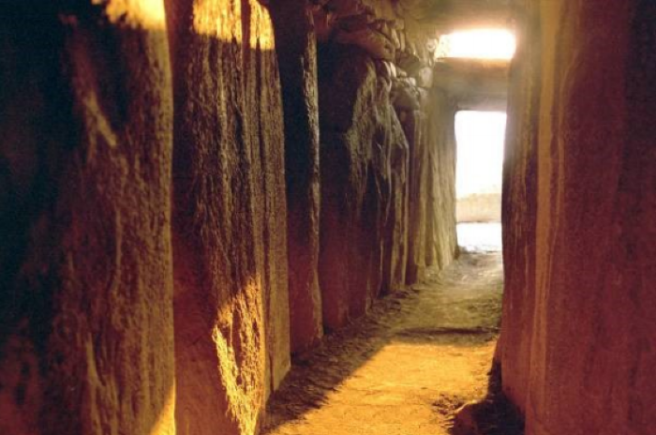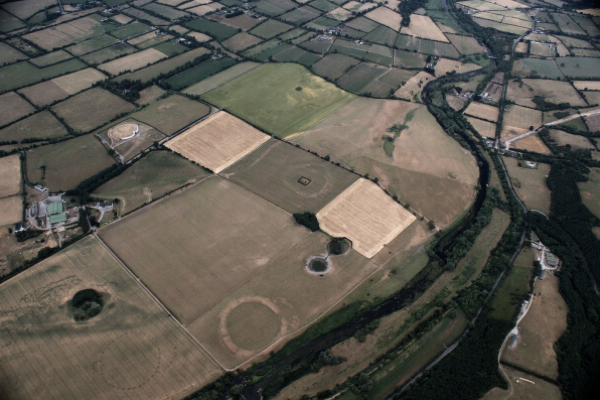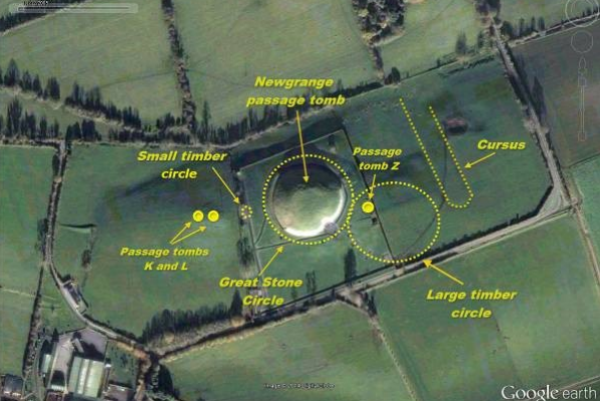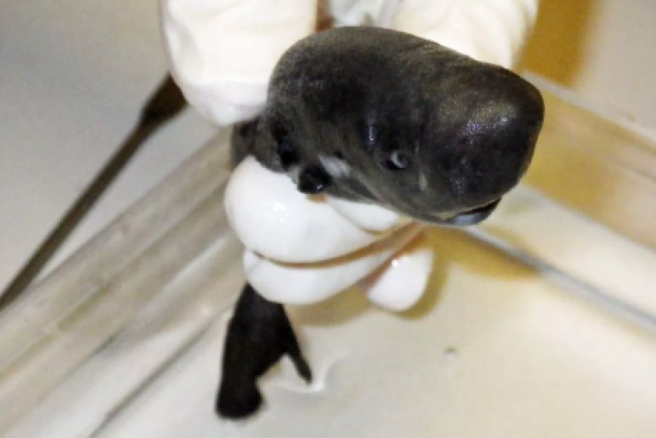
New species of shark discovered squirting glow in the dark liquid
Researchers have identified a new species of pocket shark from the Gulf of Mexico, which uses it’s pouches to squirt a fluorescent fluid to conceal it from prey or predators.
The tiny shark found almost 10 years ago has turned out to be a new species, and we don’t know what to think of it. Is it cute, is it terrifying?
The American pocket shark is named after the pouches it has near it’s front fins rather than it’s diminutive size, and was collected during a survey to find out what sperm whales eat nearly a decade ago.
The five-and-a-half inch male shark has five features which aren’t found on any other known specimen of this king
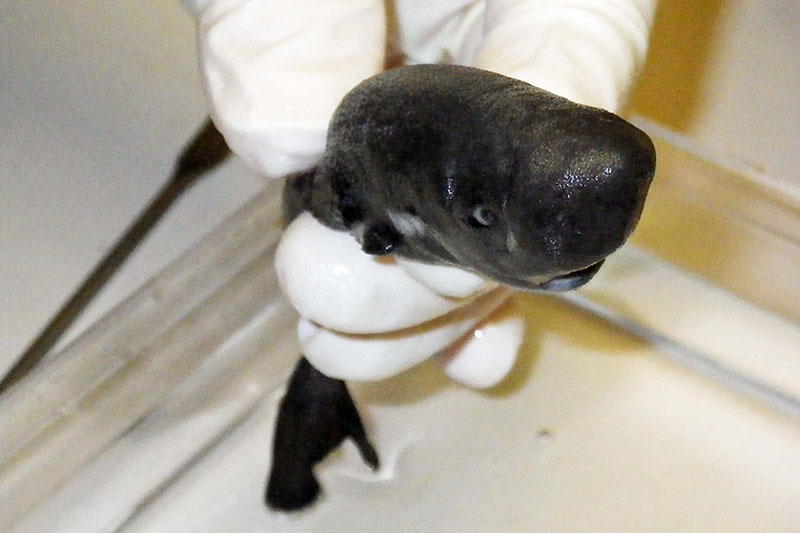
The mysterious pouches squirt little glowing clouds into the ocean, according to scientists studying the creature.
The details of the latest species are described in the journal Zootaxa by Mark Grace of the NMFS Mississippi Laboratories of the National Oceanic and Atmospheric Administration (NOAA) and Henry Bart and Michael Doosey of the Tulane University Biodiversity Research.
On the discovery, Grace said: “I’ve been in science about 40 years and I can usually make a pretty good guess about a marine animal’s identity. I couldn’t with this one.”
Grace then turned to experts at Tulane University and the American Museum of Natural History in New York, and the Florida Museum of Natural History at the University of Florida.
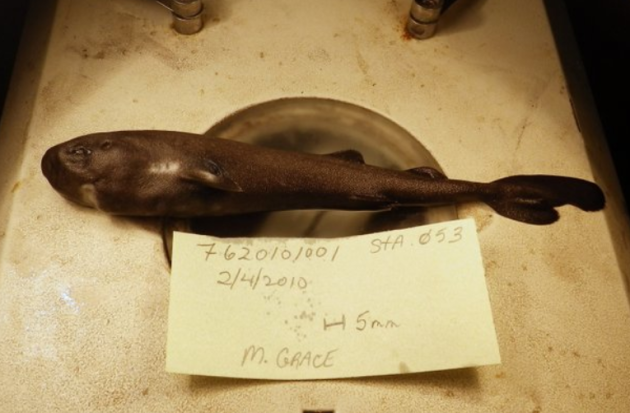
A 2015 paper identified the shark as only the second of it’s kind, but it took four more years of analysing the creature to make sure that it was a brand new species.
“The fact that only one pocket shark has ever been reported from the Gulf of Mexico, and that it is a new species, underscores how little we know about the Gulf – especially its deeper waters – and how many additional new species from these waters await discovery,” Henry Bart said.
Identifying the shark involved examining and photographing external features with a dissecting microscope, studying x-ray images and high resolution CT scans.
Somehow we don’t think it’ll be this cute, despite the name:
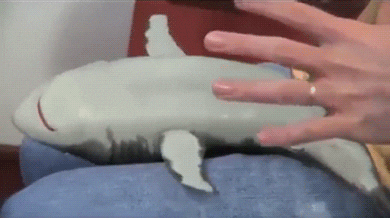
Feature image: Tulane researcher Michael Doosey
You can keep on exploring about sharks and find many other animal facts on FactRetriever







